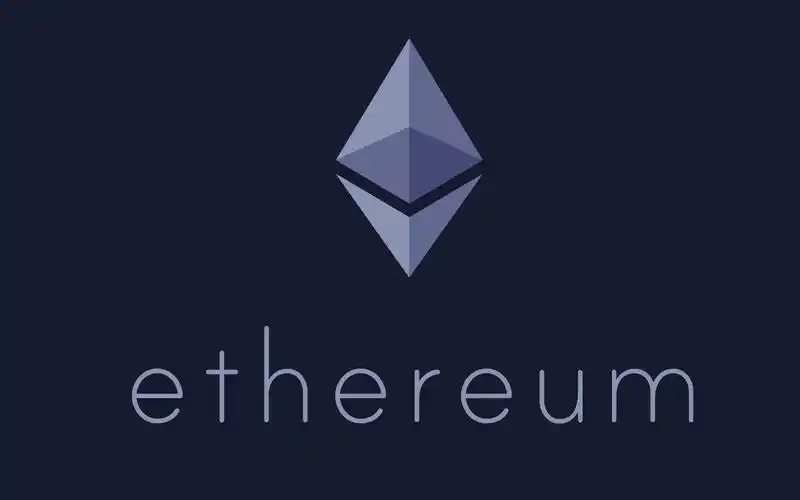The cryptocurrency landscape is ever-evolving, and as we look towards 2025, the price trends of Bitcoin mining machines promise to be an integral part of this chain reaction. Delving into the mechanics of mining and its associated hardware not only empowers investors but also sheds light on industry shifts that could alter market dynamics. The demand for efficient mining rigs is expected to surge as the cryptocurrency ecosystem matures.

As Bitcoin continues to gain traction globally, miners find themselves at the forefront, contributing to the network’s security and transaction validation. The machines designed for this exhilarating task, known as mining rigs, vary greatly in terms of efficiency, power consumption, and price. Analysis of past market trends indicates a direct correlation between Bitcoin prices and mining hardware sales; as Bitcoin’s value escalates, so too does the demand for capable mining equipment.
The journey of Bitcoin mining machines has been turbulent. In the past, operations that employed GPUs successfully transitioned to ASIC miners for enhanced efficiency. This paradigm shift not only lowered operational costs but also increased output significantly. As we dive into 2025, the question arises: How will technological advancements in mining rigs influence pricing? It’s likely that the introduction of more sophisticated and effective devices will initiate a new era where price skimming becomes a norm rather than an exception.

Meanwhile, the role of mining farms cannot be underestimated. These vast complexes housing multiple mining rigs offer economies of scale that can optimize Bitcoin extraction. With the ongoing conversation about carbon footprints and energy consumption, it’s crucial for these farms to adopt sustainable energy practices. The rise of green energy sources will not only bolster miners’ reputations but also solidify the future value of mining infrastructures, eventually leading to an upswing in machine prices.
On another avenue of exploration, altcoins such as Ethereum and Dogecoin are garnering attention, each demanding their unique mining solutions. Ethereum, once a frontrunner in different mining technology, is transitioning to a proof-of-stake consensus that significantly alters the mining narrative. Yet, this shift could lead to an over-saturation of mining machines that previously mined Ethereum, now looking for new ventures. Understanding how this transition unfolds could impact mining rig prices drastically.

We must also consider the exchanges where cryptocurrencies’ prices are driven by volumes and user behavior. Exchanges play a pivotal role in determining the market price of Bitcoin, and by extension, the mining hardware market. As user engagement grows and new traders flood into the scene, the demand for reliable and efficient mining machines could intensify. This, and the unpredictable nature of crypto markets, creates a fertile ground for speculation on mining machine prices.
The magnitude of promotional activities by influential figures within the cryptocurrency space can also tilt the scales. Proclamations on social media or testimonials regarding particular mining rigs can send shockwaves through the community, impacting purchasing behavior and ultimately, prices. As such, miners and dealerships must navigate this complex web of digital trends, technological advancements, and market sentiments to forecast the potential changes in mining machinery valuations.

Fluctuating regulations can further affect the mining machine market. Countries are constantly re-evaluating their stance on mining operations, which can create an environment of volatility and uncertainty. As countries vie for favorable legislation to attract miners or impose stringent rules to curb what they see as an ecological threat, the supply chain for mining rigs could shift significantly. The interdependence of regulatory policies and market demand for machines makes it critical to stay updated about political currents influencing mining operations.
The forecast for mining equipment pricing is interlaced with various unpredictable variables, including technological improvement, market dynamics, exchange activity, and future regulations. As we edge closer to 2025, understanding these variables and their reverberating effects will become ever more crucial for anyone involved in cryptocurrency mining, be it investors, operators, or hardware suppliers.
In conclusion, the price trends of Bitcoin mining machines will hinge upon a confluence of technological, environmental, and regulatory factors. With Bitcoin set to plunge into uncharted waters alongside emerging altcoins, the realm of mining machinery will also evolve. Although the crystal ball may not provide definitive answers, one thing is certain: the dance between machines, currency values, and market demand will produce captivating shifts that keep enthusiasts on their toes.
Leave a Reply